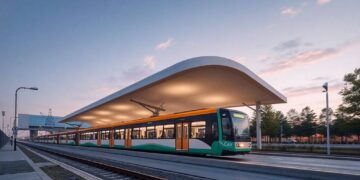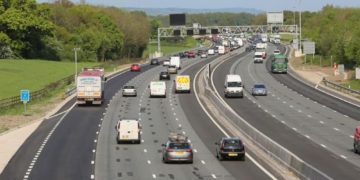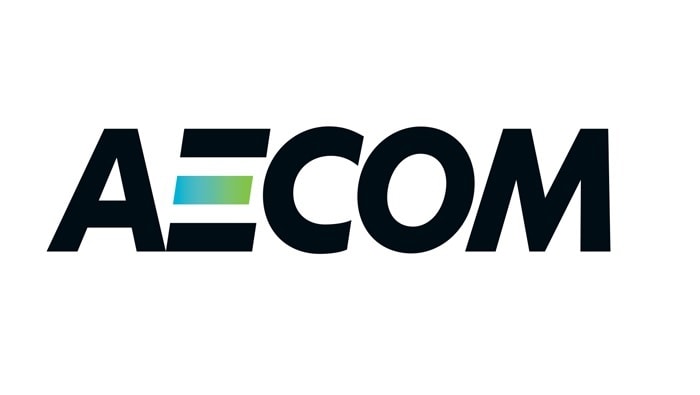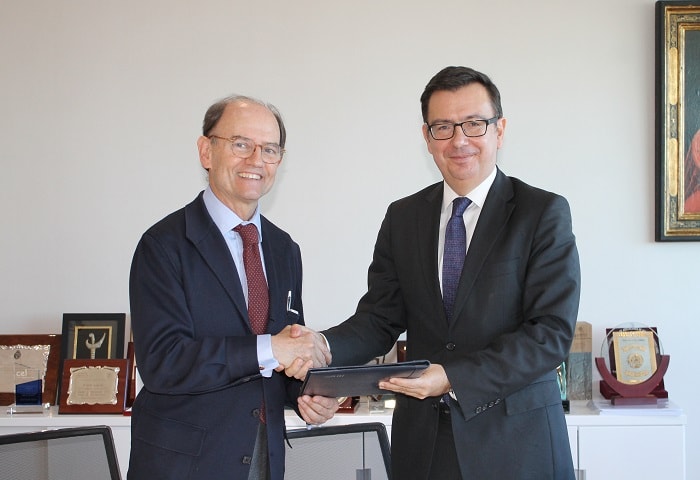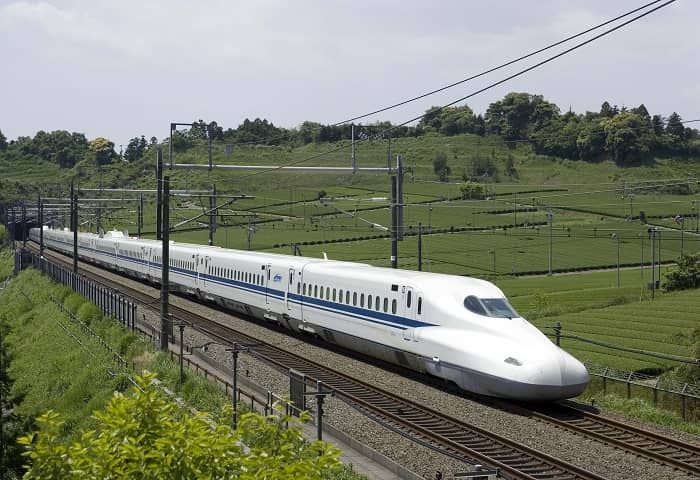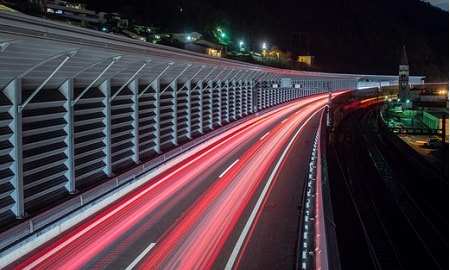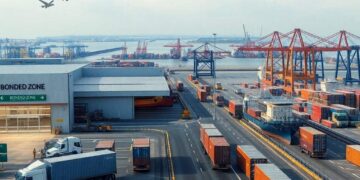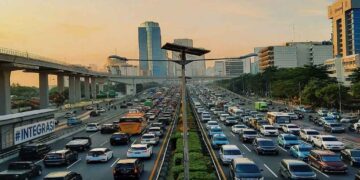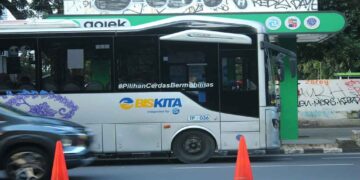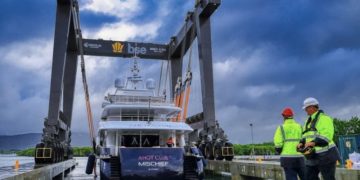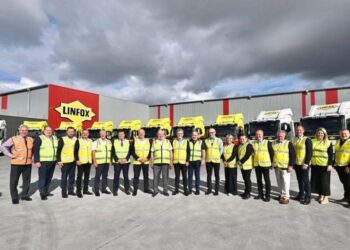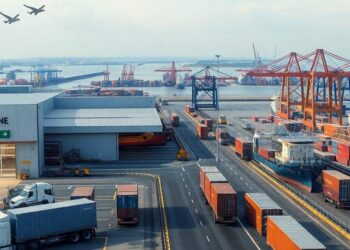The COVID-19 crisis has shown that effective public transport is vital to keeping cities running. By serving essential workers in health care, emergency services, food services, and other sectors, public transport has become a service not just for some people but for all urban residents.
But coronavirus pandemic lockdowns are also putting an incredible strain on public transit systems worldwide. Transit ridership is down between 50-90%, on top of a long-term decline in many places. San Francisco’s BART system is losing $55 million a month, from decreased ridership and less sales tax revenue. In Brazil, reports show a daily loss of more than R$1 billion ($188 million). Some governments are beginning to intervene to protect public transit systems from going bankrupt: the U.S. CARES Act included $25 billion in emergency relief for transit agencies, for example.
While emergency interventions may be necessary to keep systems afloat in the short term, governments should also be thinking long term. Public transport is one investment that can create jobs quickly while reducing carbon emissions, making roads safer and improving people’s access to jobs and other opportunities.
Public transport can create and maintain jobs more quickly than other transportation investments. A study of the effects of the last large economic stimulus in the United States, after the Great Recession, found that public transport investments generated 31% more jobs per dollar than new construction of roads and bridges, and repair work on roads and bridges generates 16% more jobs per dollar than new bridge and road construction. In South Korea, investment in public transport, biking and railroads after the Great Recession created an estimated 138,000 jobs, 15% of total jobs created under the entire program.
Beyond being a green stimulus investment, public transport offers wider benefits to society, since it is more efficient than private vehicle use, emits less greenhouse gas per person and spews less air pollution, which kills more than 7 million people every year. It is also much safer than widespread use of private vehicles, which can help stem the rising tide of road deaths.
Compact, transit-oriented development encourages walking and biking that can make for healthier residents. And public transport can provide more equitable access to jobs, education and services than large highway networks – a boon to urban resilience, as the current COVID-19 crisis brings to light.
Here are five ways governments, development banks and agencies can make public transport an integral part of stimulus packages for economic recovery.
1. Ensure Stability Through Revenue Support to Transit Operations
As the coronavirus pandemic wanes, economic activity is expected to resume slowly, at least initially, and public transport will likely continue facing limited demand. Public transport will need reliable support to provide quality of service and revive confidence from riders who may have fears about sharing public space with others. National and state governments may need to provide continued cash infusions to provide reliable and quality public transport and ensure that systems are still around and effective once full demand returns. This will maintain crucial jobs for workers in a struggling economy. In the United States, public transport supports 430,000 jobs.
Funding public transit with fares alone has been a continued challenge, and in a constrained economy, public funds to increasingly close this gap may not always be a viable solution, especially in developing countries. Economic stimulus programs could explore innovative and new approaches to revenues, such as congestion pricing and parking management, to raise money, reduce demand for private vehicles, and encourage use of public transport, walking and biking.
2. Create High-Quality Bus and Transit Infrastructure
With the massive reduction in car traffic throughout urban cores during the coronavirus pandemic, cities have an opportunity to use road space more creatively. Public transport riders want reliability, speedy service, low fares, safety and comfort. In addition to expanded cycling and walking infrastructure (see point 4), one way to improve the first two attributes is to implement exclusive or preferred bus lanes.
Dedicated bus lanes and bus rapid transit (BRT) systems can help improve travel times and access to jobs while reducing emissions and making roads safer. Mexico City has built seven BRT corridors over the last 15 years serving nearly 1.5 million riders every day. While growth in BRT globally has slowed, larger cities can use this moment to consider strategic expansions. In Minneapolis-St. Paul, for example, MetroTransit has built two rapid bus lines that have decreased travel time through prepaid boarding, limited stops and specially designed stations. An additional nine corridors are planned but awaiting funding that could come through economic stimulus.
In some countries, there may be other mass transport projects in the pipeline, such as metro or light rail, and speeding up transit projects may also make sense.
3. Modernize and Electrify Bus Fleets
With economic stimulus packages coming in many countries, there is a great opportunity to scale up the electrification of public bus fleets. Total lifecycle costs of electric buses are nearing the costs of traditional diesel buses, but electric buses have higher upfront costs, creating a barrier to entry for many cities. To help Shenzhen become the first city in the world to convert its entire public bus fleet to electric buses, China’s national government provided a subsidy of $150,000 per bus. Similar incentives could be included in new stimulus packages to help cities get over the initial procurement hump and begin to reap the significant air quality and greenhouse gas emission benefits of electric buses.
In some countries, support may be more helpful directed at the supply side. In the United States, e-bus supply from manufacturers cannot keep up with demand. And Chile has strong policies and investments in electric buses already. Ramped up manufacturing could help meet existing demand and create new jobs.
In other places, more incremental upgrades may be the best investment, particularly in African cities, where hundreds of independent minibus operators are the dominant mode of transport. Kigali, Rwanda, for example, has been introducing larger capacity buses featuring “tap-and-go” cashless payments, free Wi-Fi (a high demand item in many African cities) and covered bus stops. The digitalization of public transport systems in all cities is a huge area of investment that can help improve quality of service – and therefore ridership – significantly.
4. Invest in Cycling and Walking
Out of necessity, cycling has surged in many cities during COVID-19 lockdowns. It’s simply the best way to get around for many essential tasks. The need for quality spaces for pedestrians has also increased, with some cities turning over streets to walkers. These modes are not only resilient; they are affordable, promote healthy lifestyles, spur regional economic benefits and are integral to people’s access to public transport.
Biking and pedestrian projects can produce more jobs than road projects as well, with one study in the U.S. showing that for every $1 million invested, up to 11 jobs are created. Smart investments that follow safe design principles can significantly reduce the rate and severity of road crashes as well, from protected bicycle lanes on busy city streets to wider sidewalks and converting strategic streets to low-speed zones, bicycle boulevards or shared spaces.
Milan, one of Europe’s most polluted cities and hardest hit by the coronavirus pandemic, recently announced plans to permanently convert 35 kilometers of streets to cycling and walking as parts of efforts to reset its economy and encourage commerce over the summer.
5. Get Governance Right
The coronavirus pandemic has revealed the interconnected nature of the modern world, where what happens in cities, does not stay in cities. Yet urban planning often remains fractured and uncoordinated, with significant consequences for public transport.
In the São Paulo metropolitan region in Brazil, for example, there are 39 cities with 39 different mayors. The state government, meanwhile, manages intercity systems. Now is the time to expand coordination between cities, city-regions and national governments, using the imperative of immediate COVID-19 responses as a steppingstone to address other long-standing harmonization issues.
Lastly, investing in green stimulus packages can spur enhanced climate action in the transport sector toward achievement of the Paris Agreement as well as in meeting the Sustainable Development Goals, which include targets to halve road deaths and provide access to safe, affordable, accessible and sustainable public transport for all by 2030.
These principles can help ensure stimulus packages enable cities to not just build back after the coronavirus pandemic, but to build back better – to generate crucial jobs and increase access to opportunity for a greater cross-section of society; to increase ridership through better service; to continue reducing emissions, and to help roll back the scourge of road deaths and injuries.


